The U.S. Tariffs and Their Looming Impact on NAS and Storage Tech
The United States has recently announced a sweeping set of import tariffs on goods from nearly every major trading partner in the world. This policy shift, driven largely by the country’s growing trade deficits with nations like China, the European Union, Vietnam, and others, imposes additional fees ranging from 15% to 50% on products entering the U.S. The implications go far beyond international politics—they’re about to hit consumers directly, especially in the realm of network-attached storage (NAS), data drives, and related IT infrastructure. For businesses and tech enthusiasts alike, this could drastically reshape buying decisions and the way storage technology is sourced and maintained in the years ahead.
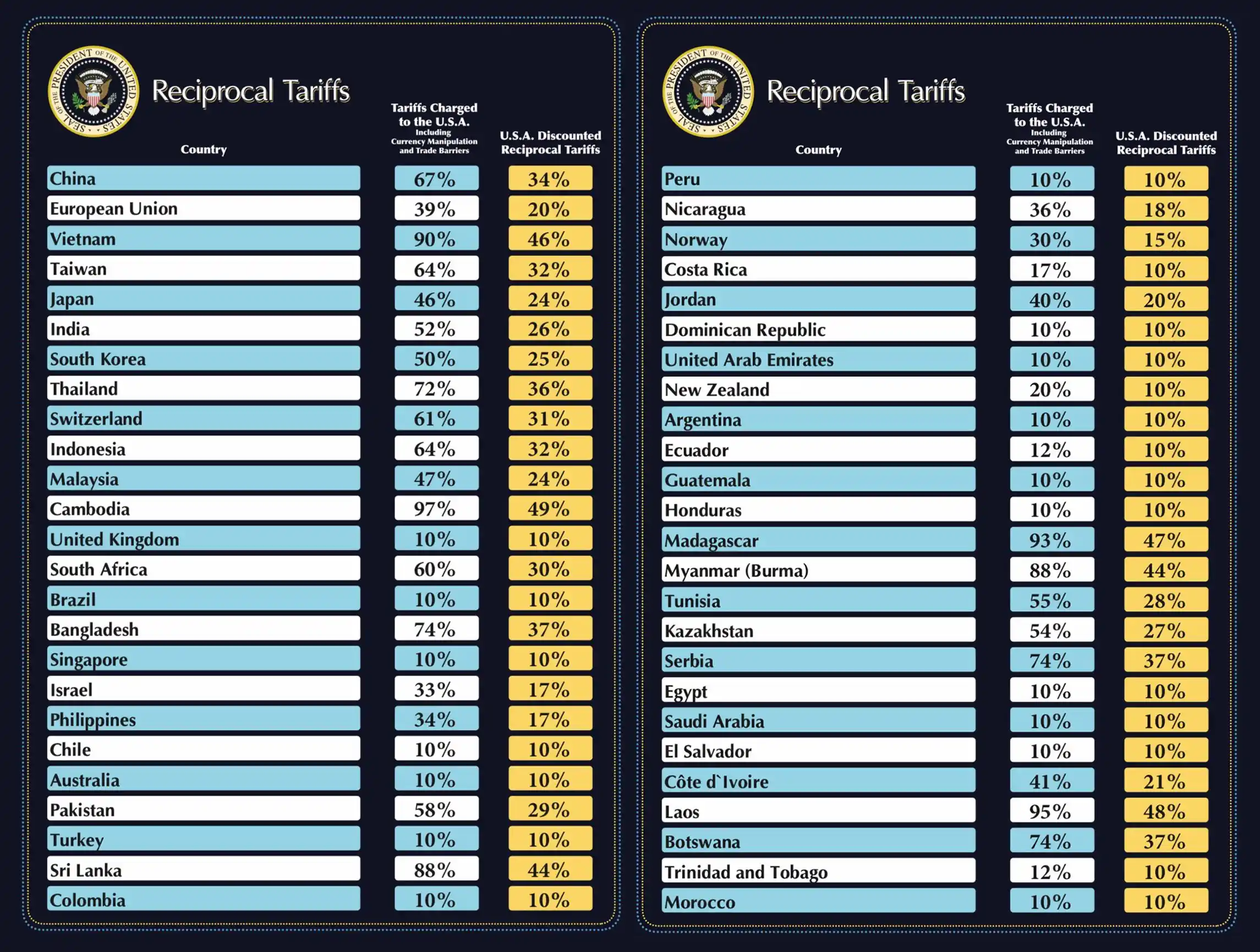
Most NAS brands, regardless of their international reputation or market share, are headquartered—and more importantly, manufactured—outside the United States. While brands like Synology, QNAP, TerraMaster, and Asustor dominate the global NAS market, they are based in Taiwan and China—countries now subject to tariffs as high as 46%. Even U.S.-founded companies aren’t immune; Seagate and Western Digital, for instance, produce the bulk of their drives in Thailand, Malaysia, and other tariff-affected countries. Likewise, 45Drives, a Canadian company with a strong presence in the U.S. market, assembles its products in Nova Scotia. This global web of production means almost no storage brand will emerge from this tariff structure unscathed.

However, it’s not just the tariffs themselves that are concerning—it’s the uncertainty they create in the supply chain. Distributors, wholesalers, and resellers operate on tight margins and forecasting models. With the risk of sudden pricing hikes or shifts in demand, many are likely to reduce inventory levels rather than gamble on unstable costs. If distributors begin ordering fewer units or delaying shipments while waiting for clarity, that can result in long-term effects on availability down the chain. For consumers and IT professionals, this may translate into fewer options, slower shipping times, and inconsistent stock at retailers, especially for higher-end or business-class hardware.
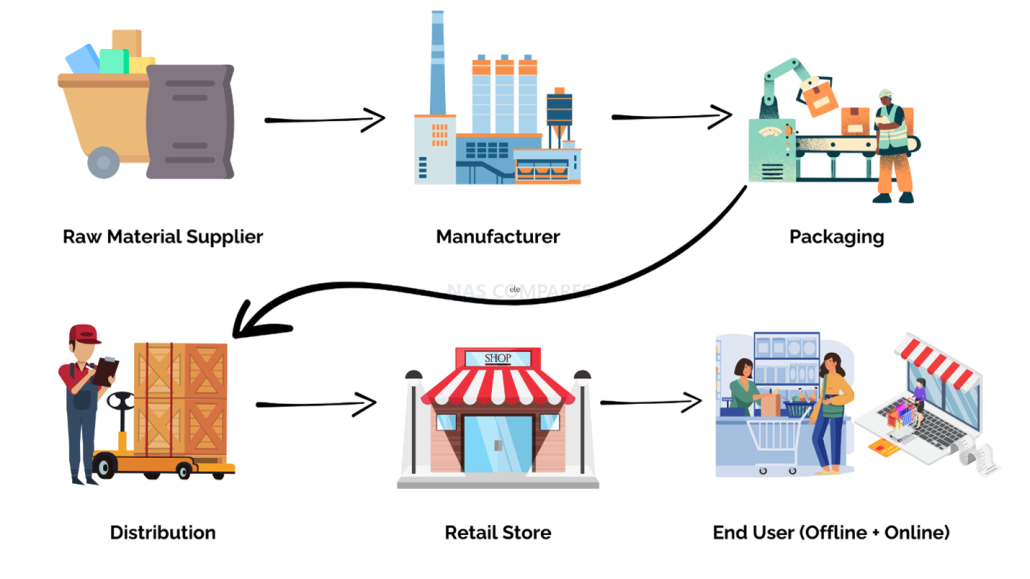
This reduction in stock won’t be immediately obvious but will likely manifest in 3 to 6 months as upstream inventory runs out. Unlike the global chip shortages of previous years—which were driven by raw material scarcity and manufacturing delays—this looming shortage will stem from financial caution and policy volatility. Retailers might maintain listings but hold little-to-no actual stock, while lead times on specialized or enterprise-grade NAS solutions could stretch uncomfortably long. Resellers will be hesitant to overstock and risk capital loss, creating an environment where supply is bottlenecked before it even hits the storefront.
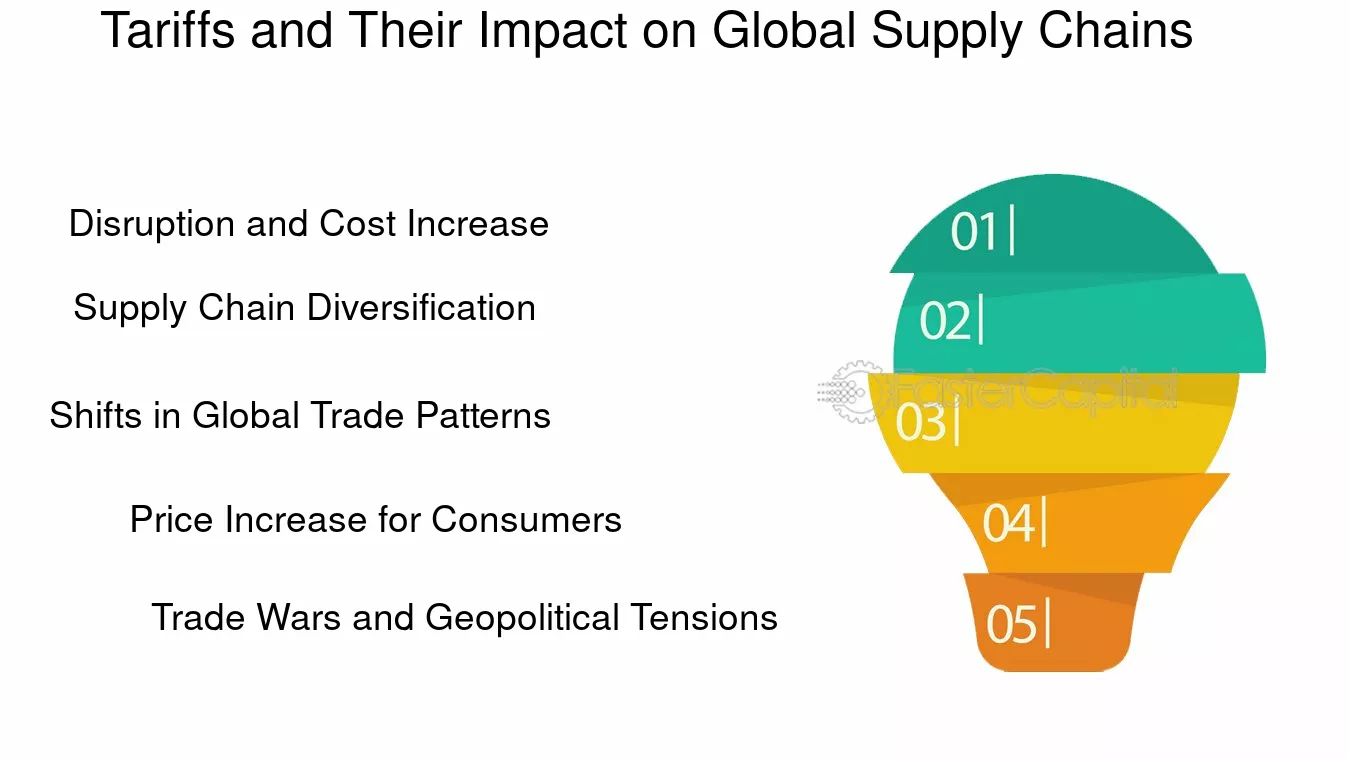
Another critical layer is the manufacturing cost ripple effect. Even products partially or fully assembled in the U.S. will see increased base costs if their components—be it PCBs, chips, enclosures, or storage platters—originate from affected countries. These costs are added long before the end product even appears on a website or in a store. What this means is that even before the tariff surcharge is applied to the final product, the wholesale cost has already been inflated. Once one manufacturer adjusts their pricing to reflect these new realities, competitors are likely to follow. The result will be a new pricing baseline that is unlikely to ever return to previous levels, even if some tariffs are eventually eased.
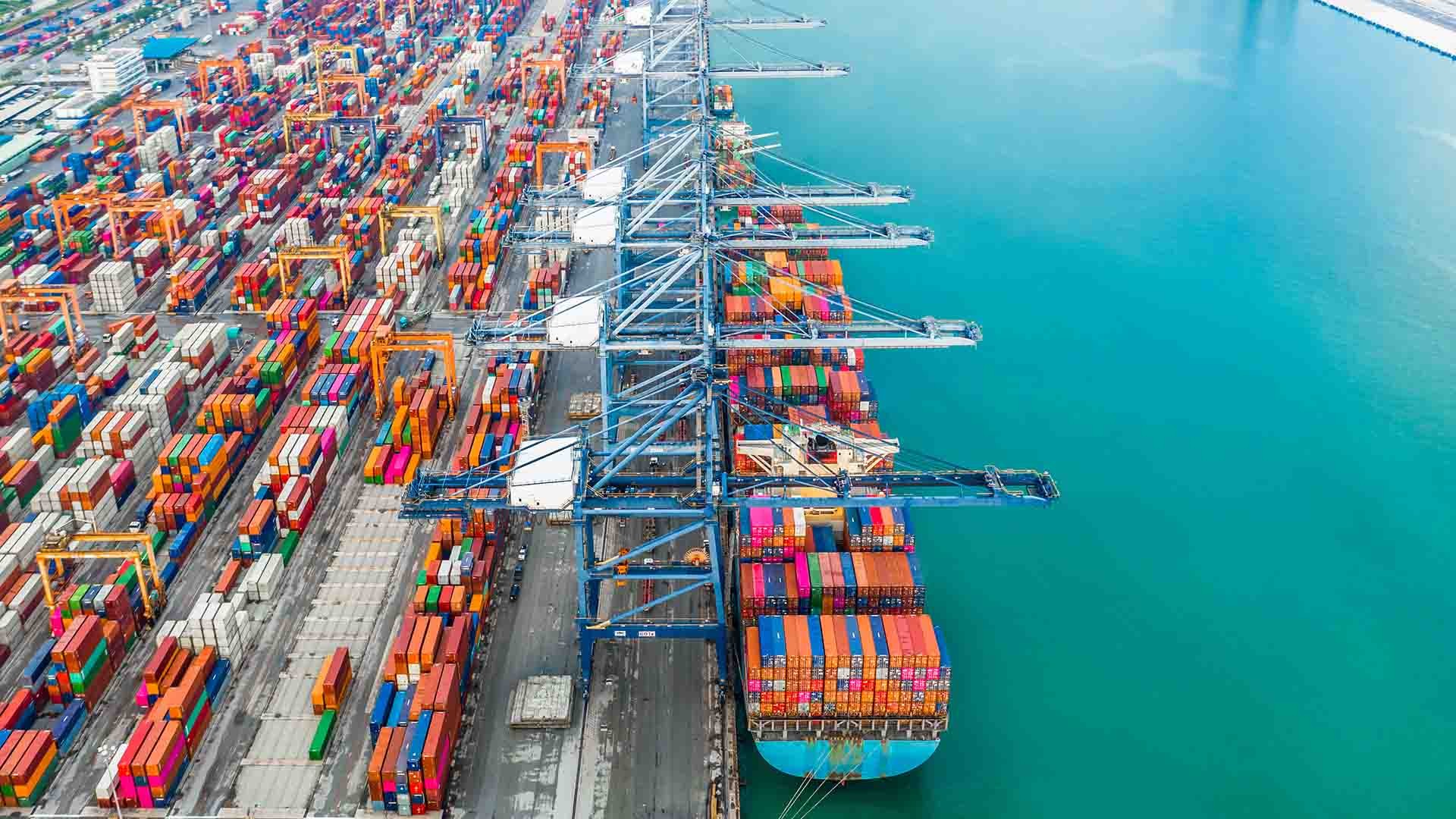
Some may hold out hope that this will prompt a new era of domestic manufacturing, particularly for brands looking to sidestep tariffs altogether. While this is a possibility, it’s far from an immediate solution. Setting up manufacturing in the U.S. involves immense logistical, financial, and regulatory challenges. Even if companies begin the process today, meaningful change is at least two to three years away. And critically, even if production is moved stateside, prices are unlikely to fall—once the market accepts a higher cost structure, manufacturers rarely roll back pricing, especially if demand remains strong. Historically, many brands have relied on international redistribution centers to navigate or lessen the impact of tax and tariff regimes. Countries like Singapore, Thailand, and the Netherlands have served as strategic re-export hubs, helping companies reduce costs and navigate trade restrictions. These setups have allowed goods to flow more freely into Western markets with minimal added expense. However, the comprehensiveness of the new U.S. tariff list is expected to close many of these loopholes. As more countries are swept into the tariff net, fewer workarounds remain viable, which means both gray market and authorized resellers will struggle to avoid passing costs along to the buyer.
This brings us to the practical question: should consumers and businesses buy their NAS systems now or wait? While there’s no one-size-fits-all answer, those who anticipate needing storage solutions in the next three to six months may be better off acting sooner. The intersection of declining stock availability, rising manufacturing costs, and pending tariff implementation could create a narrow window where current prices and availability are the best we’ll see for a while. Delaying too long risks not only paying more but facing potential wait times for critical systems. That said, users with stable systems and strong backup routines may prefer to ride out the uncertainty, at least temporarily. Ultimately, the storage industry—like much of the tech sector—is facing a period of turbulence. Boardrooms across the globe are likely holding emergency meetings to re-evaluate supply chains, regional assembly strategies, and consumer pricing models. But without clear long-term policy direction, many companies will be hesitant to make bold changes, opting instead for a wait-and-see approach. For now, the best advice is to monitor inventory levels closely, stay informed about regional pricing trends, and—if you’re in the U.S.—think seriously about whether a short-term investment in your storage infrastructure might save you money and headaches down the line.
📧 SUBSCRIBE TO OUR NEWSLETTER 🔔
🔒 Join Inner Circle
Get an alert every time something gets added to this specific article!
This description contains links to Amazon. These links will take you to some of the products mentioned in today's content. As an Amazon Associate, I earn from qualifying purchases. Visit the NASCompares Deal Finder to find the best place to buy this device in your region, based on Service, Support and Reputation - Just Search for your NAS Drive in the Box Below
Need Advice on Data Storage from an Expert?
Finally, for free advice about your setup, just leave a message in the comments below here at NASCompares.com and we will get back to you. Need Help?
Where possible (and where appropriate) please provide as much information about your requirements, as then I can arrange the best answer and solution to your needs. Do not worry about your e-mail address being required, it will NOT be used in a mailing list and will NOT be used in any way other than to respond to your enquiry.
Need Help?
Where possible (and where appropriate) please provide as much information about your requirements, as then I can arrange the best answer and solution to your needs. Do not worry about your e-mail address being required, it will NOT be used in a mailing list and will NOT be used in any way other than to respond to your enquiry.

|
 |
The Best Bits (and Worst Bits) of NAS of 2025!
Minisforum MS-02 Ultra Review
Minisforum N5 NAS, 6 Months Later - Better, Worse, the Same?
Beelink ME Pro NAS Revealed
Best SOLID STORAGE NAS of 2025
Should You Worry About the NanoKVM Hidden Microphone?
Access content via Patreon or KO-FI
Discover more from NAS Compares
Subscribe to get the latest posts sent to your email.


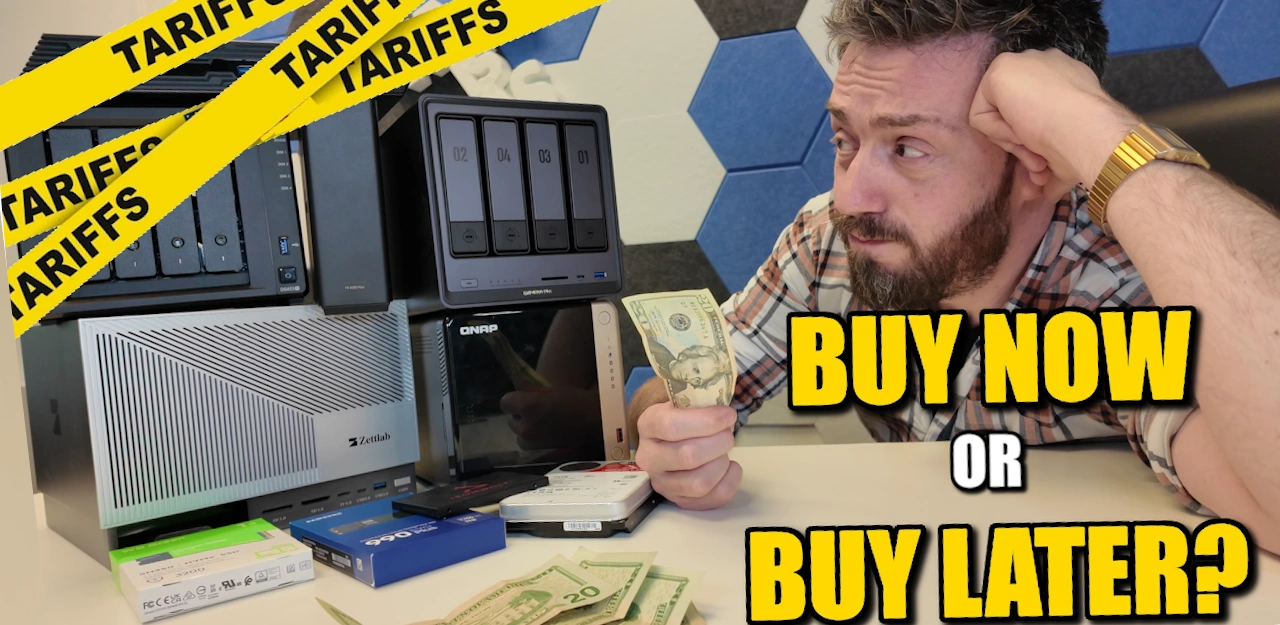



New Yorker here. “Crazy-town banana pants” is a pretty good description of what we’re getting from the Merkin-Crested Yam. I’m planning on upgrading my backup system to a Raid 5 NAS but I think I’m going to hold out until the holiday sales at the end of the year. Hopefully, some of these affected countries will send some over-the-top letters of praise to the Yam because stroking his ego is how you get the tariffs reduced.
REPLY ON YOUTUBE
You should include info about the HDD et SSD themself.
These tariffs are great. I hope my prices go down to compensate from a huge loss of customers. The rest of the world could greatly benefit from this for a short time. But the Aussie dollar is pretty shit at the moment, but who knows, China’s currency is losing a lot of value at the moment.????????
REPLY ON YOUTUBE
The Sad part in all of this it will hurt the USA the most. Canada, USA, and Mexico redid NAFTA with triumph in his first term and he agreed it was a good deal. Why? Who will trust them in any agreement when they decide they getting ripped off again. This term he now say’s again Canada and Mexico is ripping off again you can’t win. More countries may start building their own factories to be less dependent on USA and do more deals with foreign countries they trust.
I’m in Europe I don’t sell anything to the US and I’m still worried about prices and stocks. For examen imagine that I want a new synology NAS, this is not real prices but perhaps before they would sell 1000 units worldwide and the price for me would be 1000€, but perhaps because of tariffs they’ll sell less in the USA so the’ll only manufacture 700 units and because off economies of scale they’ll be expensive to manufacture so I’ll have to pay 1200€. USA is a big country and there’s a lot off people living there I’m worried just by the ripples of the economy of scale will have to pay more for products that we imported from Asia.
REPLY ON YOUTUBE
I feel like the rest of the world is watching America’s jokes.
REPLY ON YOUTUBE
Bought every AliExpress item I needed late last year since the orange man was making so much noise. Took a while but everything arrived before any price hikes. Now I’m upset I didn’t order everything on my wish list.
REPLY ON YOUTUBE
All according to plan it seems. Glad I bought my NAS 3 months ago… should have selled my S+P 500 tho ????
REPLY ON YOUTUBE
What would YOU buy NOW ? Priority- To run Plex at home and remotely for family, also photo sharing- accessing and family uploading . United Kingdom user . Thanks.
REPLY ON YOUTUBE
I forecast China flooding the market with cheap NAS.
REPLY ON YOUTUBE
You’re not being negative. You are correct. And people need to realize this. Reality doesn’t care if you don’t want to believe that Trump would do this.
REPLY ON YOUTUBE
Have been considering a NAS/server setup for awhile now…and would like to get something before prices explode so I have it in hand and play around…to hopefully find later that things didn’t increase and can buy more cool stuff.
However have also been struggling with finding a setup that seems to set me up for things that may come along.
Would like to digitize a bunch of documentation and have something that can OCR and tag it…the little bit I’ve messed with paperless, it’s OCR is gibberish when done. So what will it take to make that be useful? AI processing?
Then I’d like to do something similar with photo albums.
So seems like a light weight solution NAS with some processing power would probably do all but AI processing with a decent scanner…which a good scanner may help the OCR be more reliable.
So that means I’d need to host Paperless…Immich(?). Would like to host pihole, though I haven’t had a whole lot of luck with it blocking the more annoying ads…and it makes following links really annoying, might be doing something wrong.
Would be cool to host a bunch of other stuff, and have the ability to do AI type experiments in the future.
So was looking at the framework desktop, which won’t arrive until Q3 and not sure if you preorder at X if they’ll hit you with X + tariffs when they come in or warn you first.
Also liked the Aoostar WTR Pro system which has the OCULink that can presumably give me a GPU to throw at AI work if needed……..
Or do I build a computer…or do I buy a simple NAS and build a computer. Lots of to consider without even considering tariffs, and not in a good way IMO. Would love to see what people use for their personal use stuff.
REPLY ON YOUTUBE
This may turn out to be beneficial for people outside of the US. Non-US countries will negotiate better deals with other Non-US countries to offset the loss of sales to the US.
REPLY ON YOUTUBE
Custom tax is in turkey impossible 80% of everything outside turkey.
REPLY ON YOUTUBE
This is a better breakdown than I’ve seen from economists
REPLY ON YOUTUBE
Those “Announcements” aren’t worth the paper they are printed on when it comes to investing in manufacturing in the US. It took Joe Biden and Congress to pass a $50B Infrastructure Bill to bring more Chip Making back to US soil.With Republicans thru Elon Musk reneging on the deal, who in their fiduciary role would trust them? Just raise the price and reduce the volume available for US consumers, then again just label it NOT AVAILABLE IN THE US in your adds. Americans hate being shut out of things to buy, except most Chinese consumer products as their reputation precedes them.
REPLY ON YOUTUBE
I’m looking to get my first NAS. Primary use is personal file and photo backup (immich). I’ve narrowed it down to ds923+ and dxp4800plus. The ds923+ is around 60$ more expensive. What would you recommend?
REPLY ON YOUTUBE
The answer is always buy later. Unless you need it, don’t buy it.
REPLY ON YOUTUBE
Prices for everything are going to skyrocket. Even if the product isn’t affected by tariffs, they’ll use that as the excuse
REPLY ON YOUTUBE
Two scenarios… either the tariffs won’t last long because Congress decides they don’t like the economy crashing… or the economy keeps crashing and a lot of US customers won’t worry about buying a NAS
REPLY ON YOUTUBE
Could be even worst, could be Brazilian government, with 45% (less than 50$)/100% (over 50$) paying tax over the price, and a second tax over the price with tax (including paying tax over the value of shipment) and a money with much less value than USA/EU/UK, as we always say here, today we are much better than tomorrow with politicians
REPLY ON YOUTUBE
Any X86 system will be intel or AMD based, depends on how their supply chains are impacted and are they selling them directly from source outside of the US.
Hopefully for the rest of the world it will be minimal.
On the flip side it could mean Chinese companies could start dumping parts on other non tarrifed countries, at least in the short term, long term it could mean a lower level of supply and higher prices overall.
REPLY ON YOUTUBE
The only people who should worry as those who live in USA. I live in Australia…I buy nothing from the USA so it is OK. As Douglas Adams said – Don’t Panic. Just buy from everywhere except the USA.
REPLY ON YOUTUBE
Building a NAS with mostly used parts, needed a few parts (SAS cable, drive mount, certain BT adapter).
Jumped the parts to the cart even am looking at an extra drive or two as storage spares.
REPLY ON YOUTUBE
It’s a perfect storm: we have both the tariff wars and the alleged dram/flash chip shortage that even if not seen already on the retailer price tags, will reach them soon. If you ask me it’s not a real shortage but more of a cartel thing. Bottom line: SSDs and DRAM are getting more expensive, and availability is decreasing as well.
REPLY ON YOUTUBE
DIY the answer !!! And buy component on asia.
REPLY ON YOUTUBE
One more side effect: both due to general shock to the economy, and due to the fact that US prices are often used as a basis for other countries’ local sellers, prices for everything will increase all over the world.
REPLY ON YOUTUBE
Nope, buying nothing from the states, fuck trump.
REPLY ON YOUTUBE
The sky is falling! The sky is falling! The sky is falling! Good grief.
REPLY ON YOUTUBE
Everyone in the US (including Trump) seems to think that things will get more expensive in the short term but cheaper in the long term as production moves to the US. How does that work when workers cost more in the US? I saw a US news programme that said most truck drivers in the US are immigrants from South America and that Florida doesn’t have enough workers to pick crops. So, the long term is that all US products are going to get more expensive if they are made there and people from South America are deported. Even Apple said that it would cost at least 20% more to make products in the US. What am I missing here?
REPLY ON YOUTUBE
Well, actually, it would be enough to put worldwide tariffs on Coca-Cola and Mc’Donalds. That would be the endgame for US plays.
REPLY ON YOUTUBE
45Drives is building manufacturing in America!!!????????
REPLY ON YOUTUBE
Fair and balanced view i think, thanks
REPLY ON YOUTUBE
Manufacturing won’t shift to the US just because of Tariffs. The construction cost is too high, takes too long to build, and profit margins still too low. The next administration will likely remove all the tarrifs because all countries that try this eventually resort back to free trade.
REPLY ON YOUTUBE
I am living in the EU so I am waiting. Ehen demand from the USA drops, supply here will increase and prices will drop ???? yay trump ????
Nothing computer can be made solely in the USA. Without asml lithography machines and supplies, they can only make potato chips with their latest technology ????
REPLY ON YOUTUBE
Ubiwhat? ????
REPLY ON YOUTUBE
I’m just waiting on someone to tell the president that there is an imbalance of the amount of data entering and exiting the US, leading him to announce a 25% surcharge on relaying cross-border data ????
REPLY ON YOUTUBE
Yeah, I’ve been waiting on the sidelines and was looking forward to Black Friday deals. But I might pay for upgrades sooner to hedge.
REPLY ON YOUTUBE
Aware that this was likely coming I updated a couple of bits of tech during Q1 rather than hanging on for the Synology refresh. Regardless of how this pans out I suspect prices will generally be hiked globally and how much they fall back remains to be seen. As you comment, if people are still purchasing at a higher cost, it reduces the incentive to pass on any saving should costs reduce again.
REPLY ON YOUTUBE
I love reading all of the uneducated comments. Please keep them coming. Very entertaining, lol.
REPLY ON YOUTUBE
Tariffs. WooooooHooooo!!!!!! More tariffs please.
REPLY ON YOUTUBE
US here and all I can do is shake my head. I agree 100% with what he is saying about tech and the pricing impacts of technology. The unfortunate thing is that it is also true for ALL other products: food, medications, etc. I’m not looking forward to the inflation that is coming.
REPLY ON YOUTUBE
I don’t expect tariffs to affect me. I won’t buy anything made outside the USA or large-ticket items. Everyone I’ve spoken to agrees. We’re weary of inflation from the past 4 years. The economy will take 2 years to recover from the disastrous prior administration. In my town, people drive old cars and repair anything that breaks. Everyone is cautious and waiting to see what happens.
REPLY ON YOUTUBE
Hi does anybody know what this Nas and how do you make it work? Intel Entry Storage System Model INNS04-4200 (SS4000E)
REPLY ON YOUTUBE
China-imports to Europe will get lower prices. So its time to wait.
REPLY ON YOUTUBE
By sheer accident I managed to buy everything in advance before all these tariffs were announced in prep for the LincStation N2 release. Definitely wasn’t planned, just dumb luck.
REPLY ON YOUTUBE
Can we get a Aoostar WRT Max review. I want to pull the trigger before the price goes up. ????
REPLY ON YOUTUBE
tarrif is fake news as are all politicians
REPLY ON YOUTUBE
Sitting here in the UK it feels like we’re in a somewhat better position: even if European nations apply reciprocal tariffs, that won’t affect goods made in China that never touch the USA on their journey here?
We just have to worry about the knock-on effects on the global economy…
REPLY ON YOUTUBE
Robbie, you’ve got a UGREEN NAS next to you that his its drives inserted out of order. Do you have a problem counting to… FOUR? Fix that. NOW! My best to the seagulls.
REPLY ON YOUTUBE
I get all my stuff from the thrift store lol i have like 10 pcs and like 10tb in hdd lol. This new nas system that are already built are so expensive and low performance.
REPLY ON YOUTUBE
I think the tariffs bit is the least of it, its the fact that all NAS’s either have bad HW or bad SW and we’re all waiting to see when its worth upgrading…
REPLY ON YOUTUBE
american voters will learn hard way about the fact tariffs make things more expensive for buyers, never for manufacturers 😀
REPLY ON YOUTUBE
Everyone likes to think tariffs didn’t exist prior to Trump. The only reason people are even thinking about tariffs is because it’s being pushed by a media that hates him. The reality is, tariffs are not only used to protect domestic production, but as a negotiating tool. Every country on the planet uses them for these reasons.
REPLY ON YOUTUBE
Tariff on cars from Europe in the USA 2.5%. Tariff on American cars in Europe 10%.
Trump has been talking about this rip-off for 30 years. It had to end sometime.
REPLY ON YOUTUBE
Good
REPLY ON YOUTUBE
These tariffs will be expensive on the American consumer to start with. This will lead to more direct transfer from Asia to Europe for example to reduce costs. We will see some inflation for sure and this will be hard on many companies selling computer products over the counter. First thing I did here in Iceland… start to buy smart and stay away from US products. Cause no matter what… they will become more expensive for me as a consumer as well. Even here in Europe. Also staying away from US cars in the future. So pretty much their loss… not mine.
REPLY ON YOUTUBE
Two points with an opposite viewpoint. Firstly, if tariffs reduce sales of Chinese etc NAS in the US and Chinese etc production remains unchanged then countries outside of the USA could see LOWER prices as China etc companies seek to sell more products outside of the US. Secondly, what about the UK producer? Talking about Raspberry Pis here. I run simple SAMBA media and file servers off of Pi Zero 2 Ws. Others use Pi 3/4/5. Thoughts?
REPLY ON YOUTUBE
price gouging and using tariffs as cover is a thing.
REPLY ON YOUTUBE
thank goodness I just bought an AS5404T and 4 16TB IronWolf Pro drives before these were announced. My wife and I also upgraded all our computers and most electronics before current POTUS term started just to be ready for tariffs. Now I think the only thing I’m going to be hit hard by tariffs are some custom mechanical keyboards and when I get a switch 2 (unless Nintendo doesn’t pass the tariff price to the consumer).
REPLY ON YOUTUBE
Maybe I should move to China.
REPLY ON YOUTUBE
After waiting forever and binging all these videos I made the wrong choice. Synology removed hevc support lmao
REPLY ON YOUTUBE
Wont be affecting me only those in usa
REPLY ON YOUTUBE